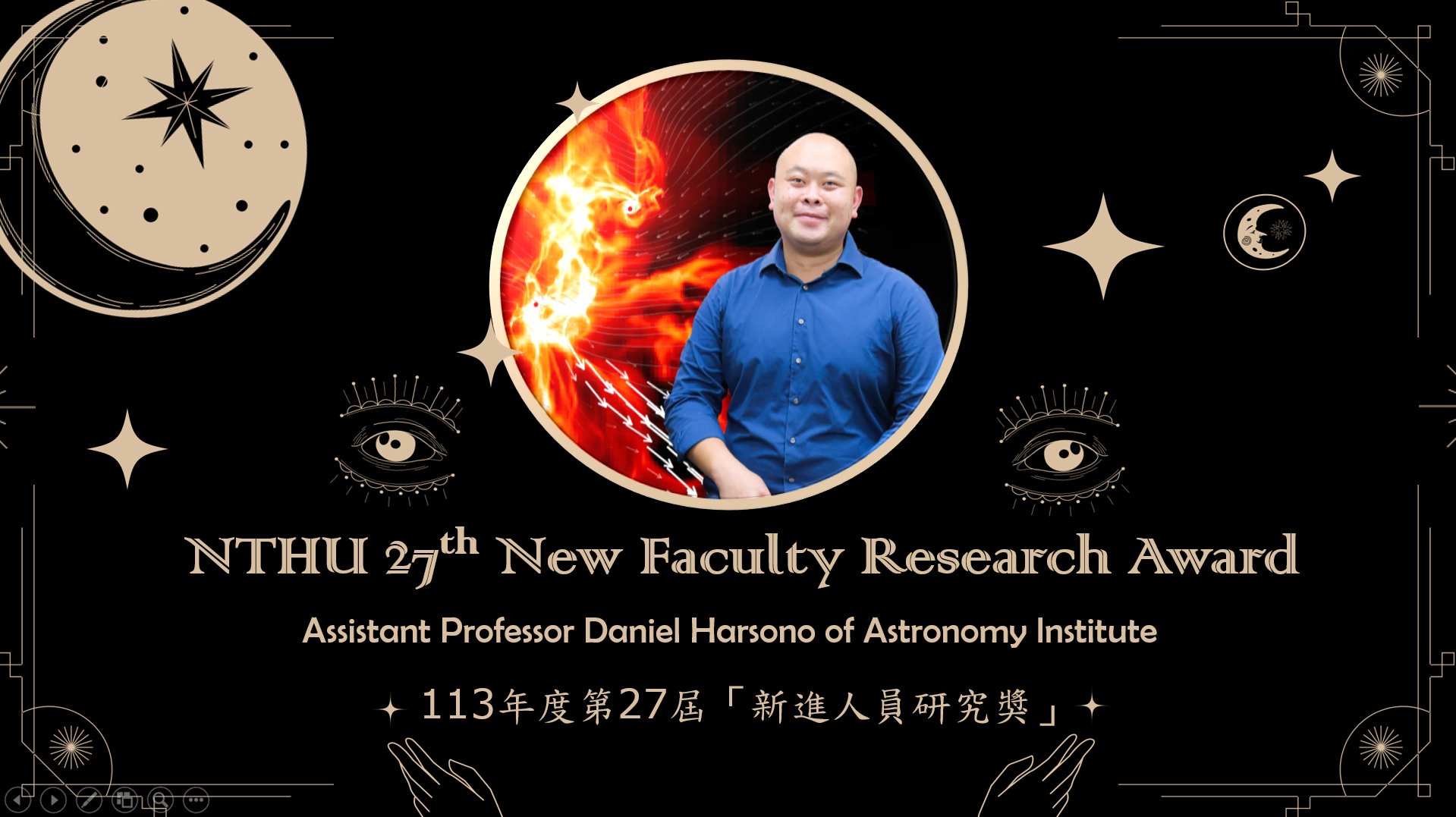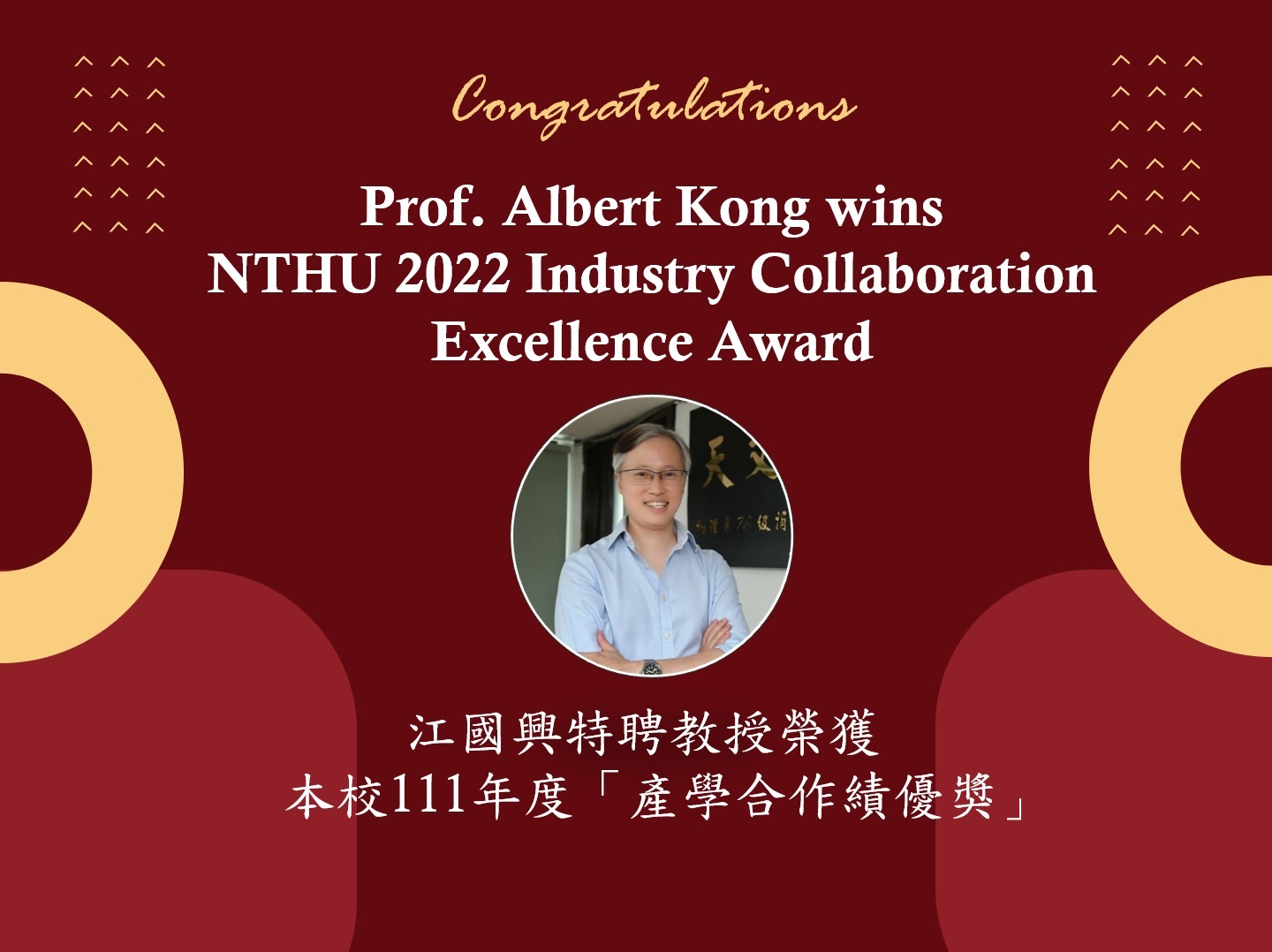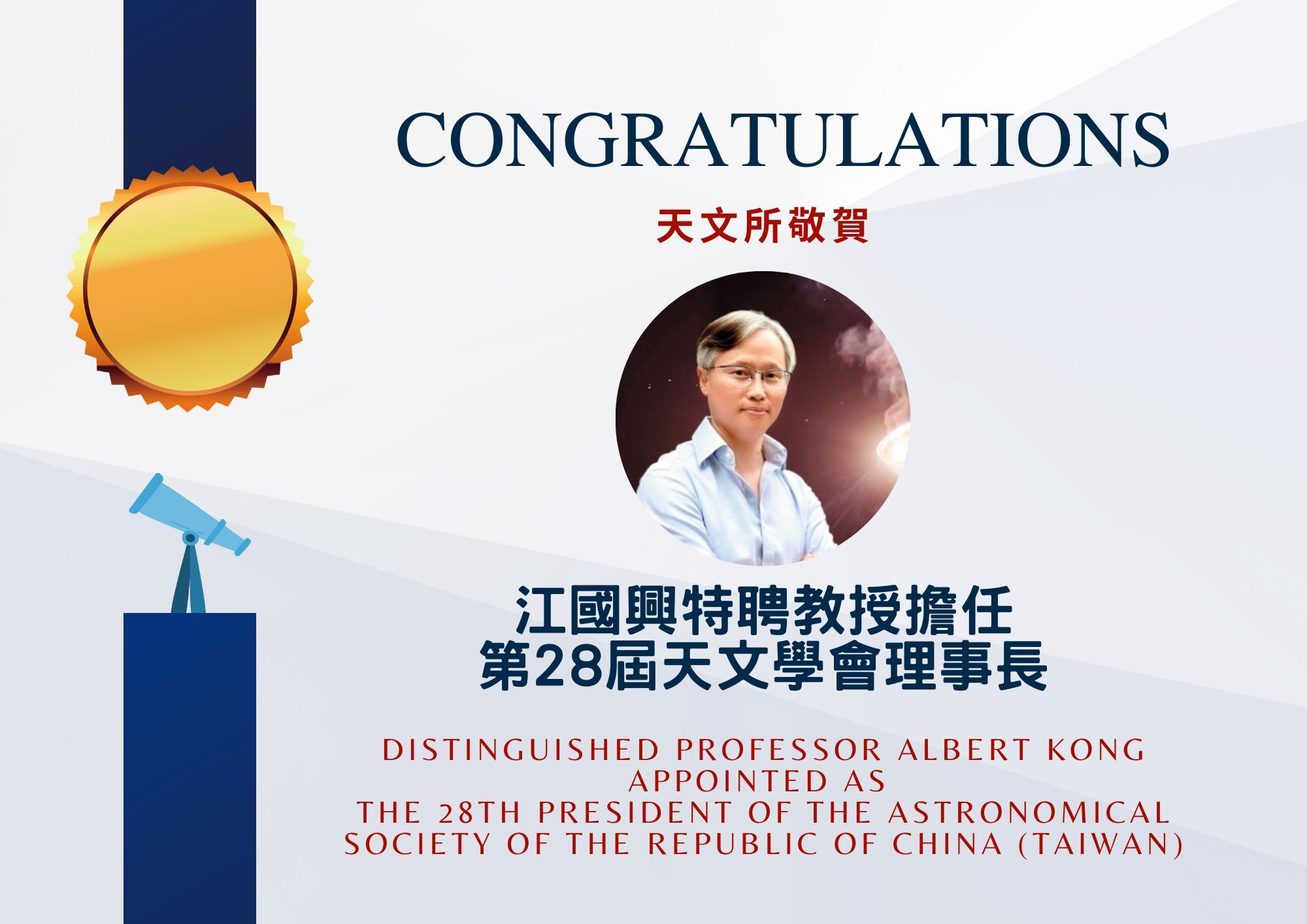榮譽與研究成果
First, highly sampled ice mapping of the most abundant ices across a molecular cloud was obtained using a specialised technique with the NIRCam instrument on the JWST.
Ever since its launch, JWST observations of cold, dense regions of the galaxy have been revolutionising our understanding of how simple molecules form as interstellar ices on dust grains and continue to evolve during the star and planet formation process. So far, the JWST observations collecting spectra that contain signatures of these icy dust particles have primarily studied individual forming stars, revealing in incredible detail each forming stars’ evolved chemical and physical environment. However, to understand the initial chemical and physical environments within which these stars form and ultimately determine what quantities of these simple molecules are available to be delivered to their daughter planetary systems, it is critical to probe the chemistry of whole molecular clouds, the interstellar nurseries where stars are born. To do this, we need tens or hundreds of observations of these ices across different parts of the molecular cloud. These are obtained by measuring the light emitted by stars that are aligned with the cloud but are a great distance behind it, called background stars. This light interacts with the interstellar icy grains as it passes through the cloud before being captured by the JWST’s large mirror. These interactions create the signatures we use to discover where and how much ice is present towards each probed position of the molecular cloud. One of the main aims of the IceAge program, led by Dr. Melissa McClure from Leiden Observatory, was to demonstrate that a specialised mode on the NIRCam instrument of the JWST could be used to probe the Chamaeleon I molecular cloud at tens of positions simultaneously in a single, efficient observation. This allowed the team to build comprehensive maps of the ice chemistry across the cloud.
In the latest publication of the IceAge team (Smith et al. 2025), we present the first highly spatially sampled maps of the most abundant ice species - water, carbon dioxide, and carbon monoxide - across any molecular cloud. These ices are the key chemical precursors that will set the initial conditions for the chemistry of the protoplanetary disks that will form around new stars in these regions and, ultimately, contribute to the potential habitability of the exoplanets that may form within a disk. As such, it is critical to map how this ice chemistry changes across the region of the molecular cloud, which will collapse into the disk material. These ice maps are the first ever from JWST and were obtained using a specialised mode of the NIRCam telescope (Wide Field Slitless Spectroscopy) that required the development of a custom piece of software to extract the infrared spectral data. The mapping technique represents a step change in our ability to observe and detect ice in space, and is a novel (and currently under-exploited) use of the technical capacity, sensitivity, spatial and spectral resolution of JWST. Our technique, combining high-sensitivity infrared spectroscopy with the custom extraction method, allows us to map ices on spatial scales close to those routinely used to map gas phase chemistry in clouds with radioastronomy. We can thus probe changes in both the ice and dust, adding the missing piece of the puzzle to fully understand the chemistry of the whole cloud.
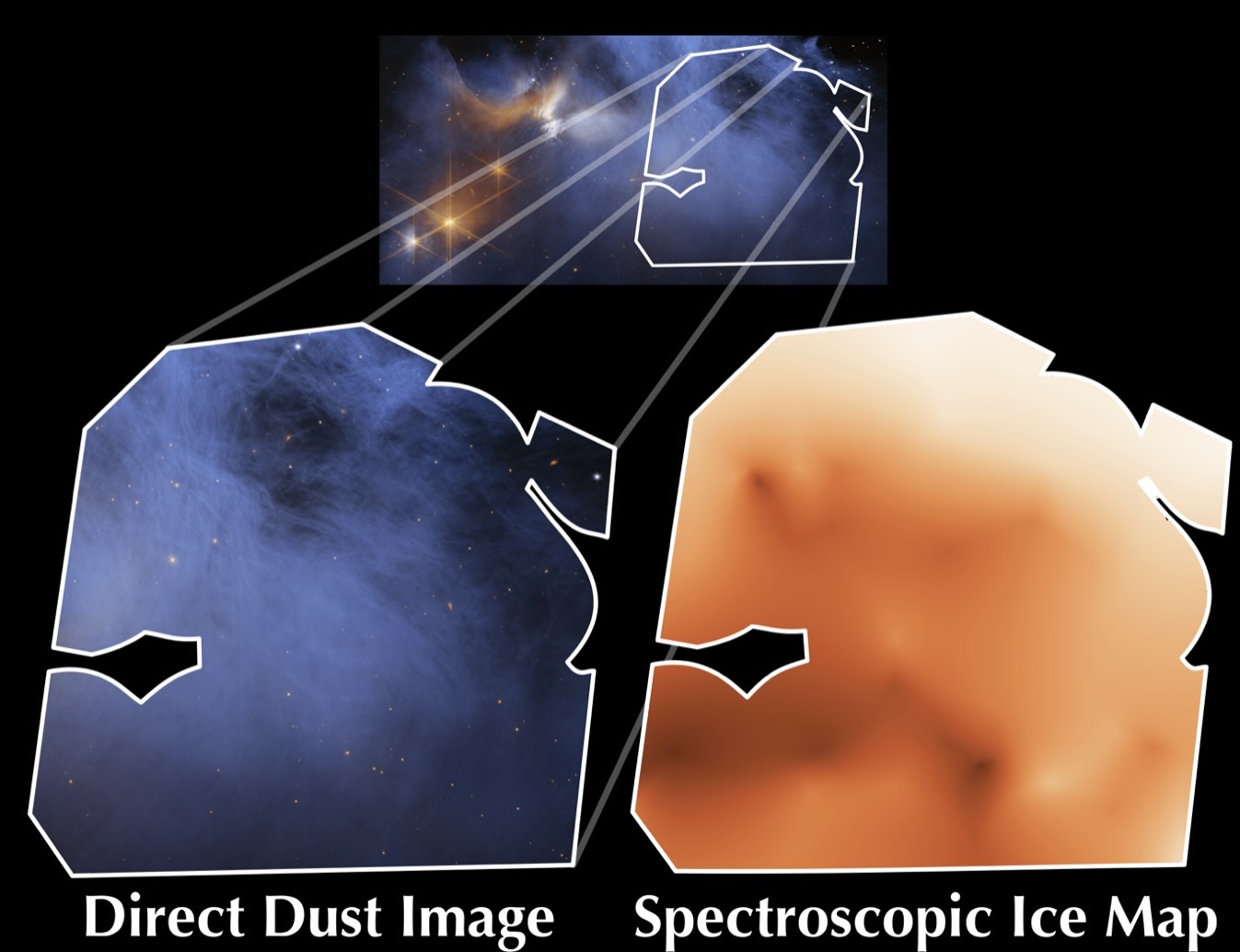
© Z.L. Smith (Leiden University/Open University), J.A. Noble (Aix Marseille Université), M.F Rashman (Open University) and the IceAge team. Image adapted from data presented in Smith et al. Nature Astronomy 2025 (doi: 10.1038/s41550-025-02511-z) and from a NIRCam image of Cha I (credit: NASA, ESA, CSA and M. Zamani (ESA/Webb); science: M.K. McClure. (Leiden University), F. Sun. (Steward Observatory), Z.L. Smith. (Leiden University/Open University) and the IceAge ERS team).
Link to the published article:
https://www.nature.com/articles/s41550-025-02511-z
Contact:
Daniel Harsono, dharsono@gapp.nthu.edu.tw
Reference:
Smith et al. ‘Cospatial ice mapping of H2O with CO2 and CO across a molecular cloud with JWST/NIRCam,’ Nature Astronomy 2025, doi: 10.1038/s41550-025-02511-z
由國立中興大學的山崎翔太郎研究員與國立清華大學後藤友嗣教授領導的研究
團隊,利用加拿大氫強度測繪實驗(CHIME)無線電波望遠鏡公開的觀測數據
,分析了被歸類為單次爆發的快速電波爆源的檢測數量如何隨著觀測時間變化
。研究結果首次明確顯示,單次爆發的發現率會隨著時間推移而大幅下降。這
表示許多先前被認定為單次爆發的事件,在經過後續觀測後將會被重新歸類為
重複型爆發,有力地證明了重複型爆發的實際比例遠比想像中高。重複型快速
電波爆在首次被檢測到時,很容易被誤判為單次爆發,導致難以與真正的單次
爆發區分。然而,如果被誤判為單次爆發的重複型爆發數量越多,觀測到的單
次爆發發現率隨時間下降的幅度就會越大。為了驗證這項發現,我們建立了快
速電波爆的理論模型並進行分析,結果顯示,在95%的信賴水準下(隨機得到
此結果的機率低於5%),幾乎所有的快速電波爆都屬於重複型爆發,以量化方
式明確指出重複型爆發的比例遠遠超過先前認為的數個百分點。
本研究顛覆了傳統觀念,提出快速電波爆中重複型爆發比例可能高達100%
的重要結論。過去,由於觀測到的單次爆發比例較高,學界普遍認為快速電波
爆主要源自於雙中子星合併等一次性爆發事件。然而,本次研究結果明確指出
,絕大多數的快速電波爆必須源自於能夠產生重複型爆發的天體,如中子星閃
焰。這項發現大幅推進了我們對快速電波爆起源的認識。未來,更深入的研究
將致力於揭示重複型爆發的特性和爆發機制,以期直接解開快速電波爆的起源
之謎。
請參閱以下連結看完整的新聞報導:
https://sites.google.com/view/nthucosmologygroup/media/frb- press-release?authuser=0
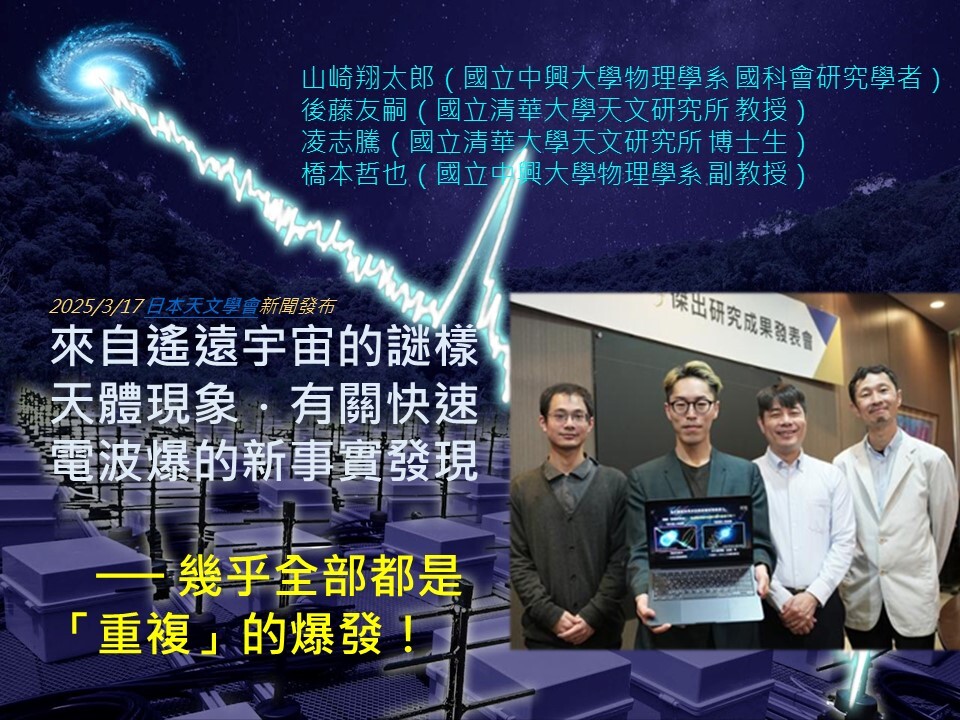
(左一):中興大學物理系國科會研究學者山崎翔太郎
(左二):清華大學天文所後藤友嗣教授
(右一):中興大學物理系橋本哲也副教授
(右二):清華大學天文所凌志騰博士生
 ## Prof. Andrew Cooper and his group celebrate the first release of data from the Dark Energy Spectroscopic Instrument (...
## Prof. Andrew Cooper and his group celebrate the first release of data from the Dark Energy Spectroscopic Instrument (...



